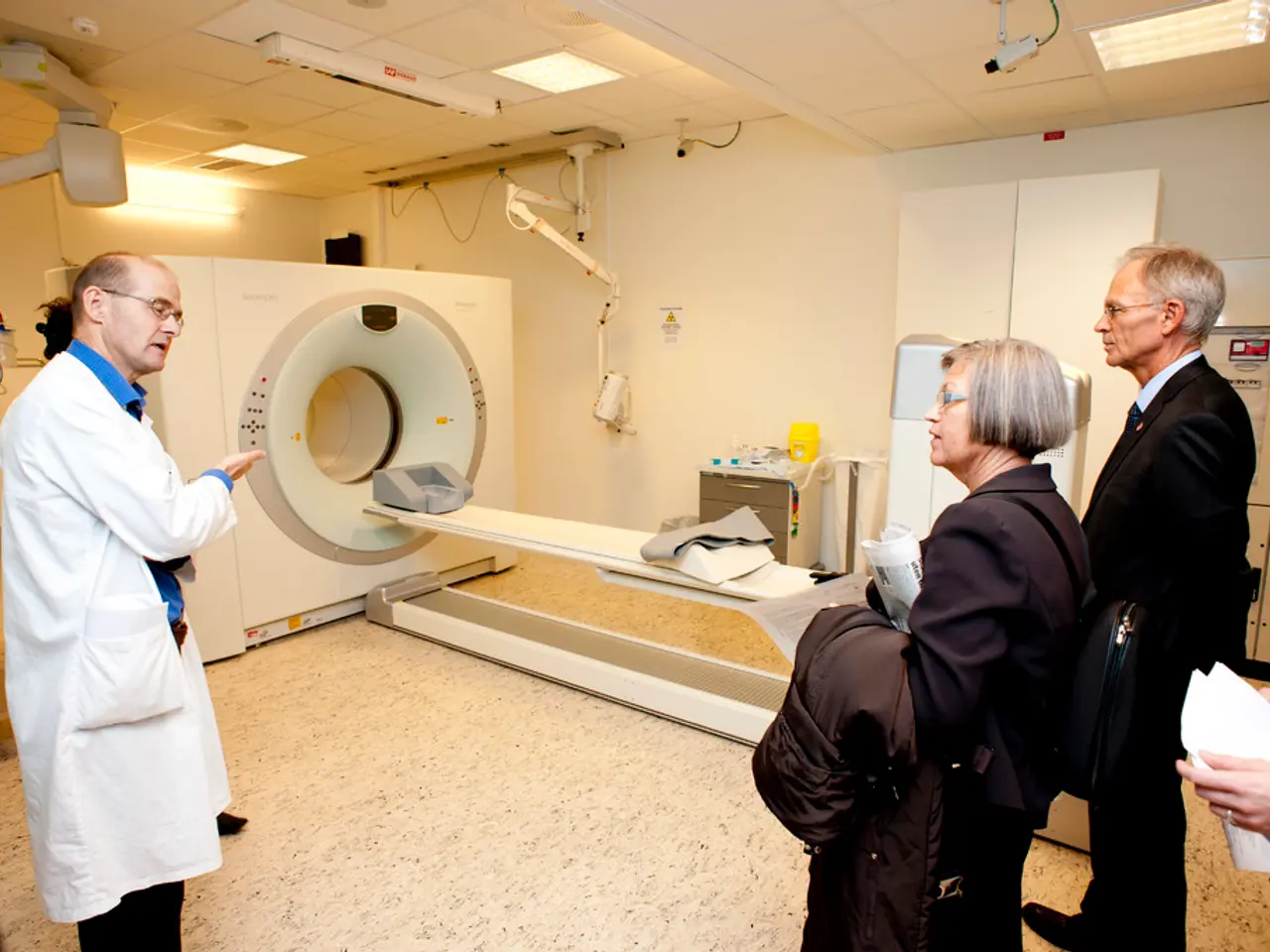Escalating Doctor Shortage Pushes to a Critical Point - Xavier University School of Medicine Aruba Increases Efforts to Address the Deficit
Canada is facing increasing wait times and reduced access to primary and specialist care, particularly in rural and northern regions. The shortage of physicians is a pressing issue that affects real people in urgent need of care.
In an effort to address this global crisis, the Xavier University School of Medicine Aruba (XUSOM) is playing a significant role. This prestigious institution is dedicated to producing compassionate, skilled, and well-qualified physicians who can meet the increasing patient needs worldwide.
XUSOM contributes by educating international medical students, many of whom become International Medical Graduates (IMGs) practicing in countries struggling with doctor shortages. The school focuses on preparing students for the U.S. medical licensing examinations and residency placements, integrating them into healthcare systems with acute physician needs.
The global shortage of healthcare workers is projected to reach 10 million by 2030, with developing nations and rural areas in developed countries disproportionately impacted. The U.S. alone anticipates a shortfall of between approximately 90,000 to over 120,000 physicians by the mid-2030s.
XUSOM alumni have matched into competitive residency programs in the U.S. and Canada and have returned to serve communities, bridging critical gaps in healthcare. The school's commitment to nurturing future doctors who are not only clinically proficient but also compassionate, community-oriented, and globally aware is evident in their work.
Every student trained at XUSOM is seen as a future lifeline for a community in need. The school offers transparent tuition, scholarships, and flexible payment plans, making it possible for students from around the world to pursue a career in medicine without overwhelming debt.
As the demand for healthcare professionals surges, Xavier University School of Medicine remains committed to preparing the next generation of physicians to meet these challenges head-on, regardless of their location. For more information about admissions and programs, visit www.xusom.com.
References:
- Association of American Medical Colleges (AAMC). (2020). The complexities of the physician workforce. AAMC.org.
- World Health Organization (WHO). (2018). Health workforce statistics 2018: Fact sheet. Who.int.
- World Health Organization (WHO). (2018). The future of global surgery: education, training, and workforce. Who.int.
- World Health Organization (WHO). (2016). Global strategy on human resources for health: Workforce 2030. Who.int.
- Canadian Medical Association. (2019). The state of the health workforce in Canada. Cmaj.ca.
- Healthforce Centre, University of California, San Francisco. (2018). The future of the health workforce: Scenarios for 2030. Hfcsf.ucsf.edu.
- World Health Organization (WHO). (2018). Global strategy on human resources for health: Workforce 2030. Who.int.
- Indian Medical Association. (2018). Doctor patient ratio in India. Ima-india.org.







